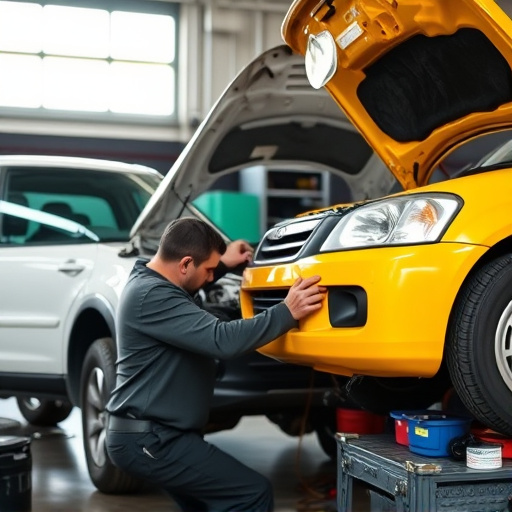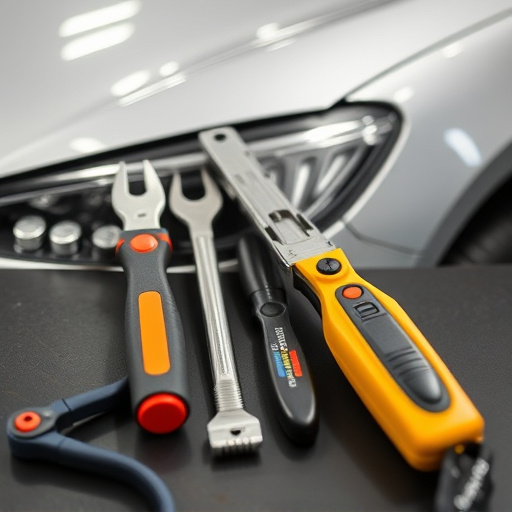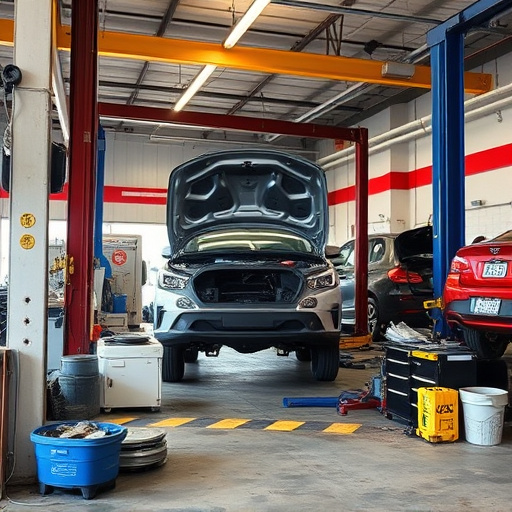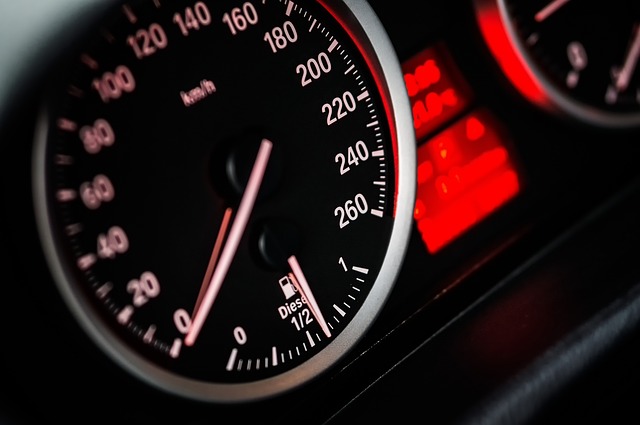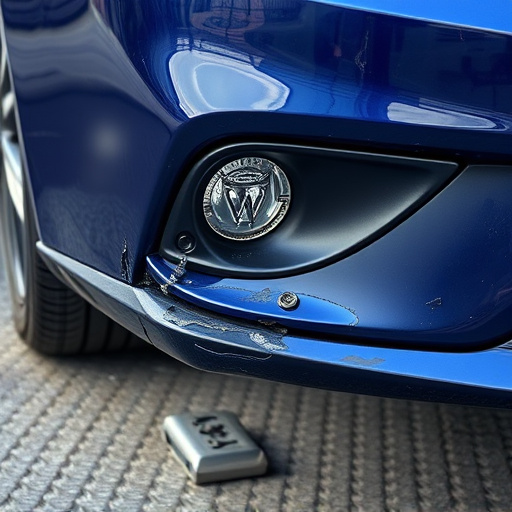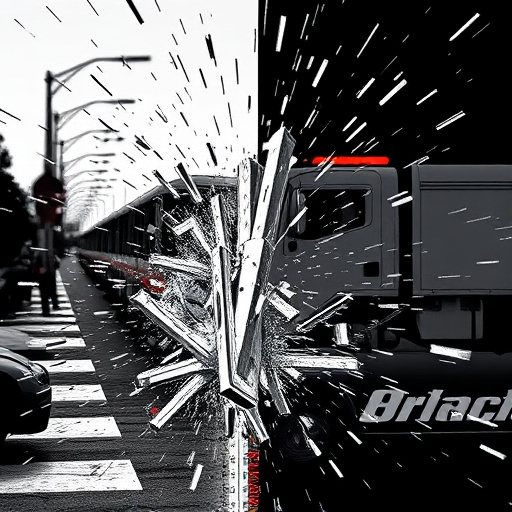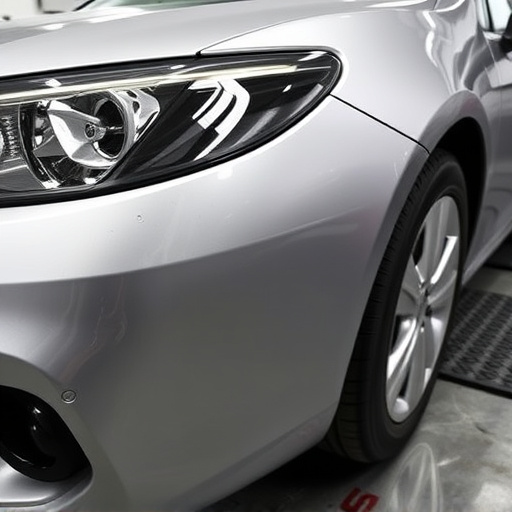Tesla dashcam configuration optimizes safety and data retention with high-res 4K footage, license plate recognition, continuous recording, mobile app access, and external storage options. Regular maintenance ensures camera longevity. Intuitive software allows scheduling, organization, and retrieval of videos for diagnostics, repairs, insurance, and legal purposes, enhancing operational efficiency.
“Unleash the power of data retention with Tesla’s advanced dashcam system. This comprehensive guide explores how to configure your Tesla’s dashcam for long-term video storage, ensuring you capture and access crucial driving moments seamlessly. From understanding the dashcam’s capabilities and storage options to optimizing settings and effectively managing footage, we’ll navigate through each step. By mastering Tesla dashcam configuration, drivers can take control of their recorded data, fostering a safer and more informed driving experience.”
- Understanding Tesla Dashcam Capabilities and Storage
- Optimizing Settings for Long-Term Data Retention
- Accessing and Managing Recorded Video Footage Effectively
Understanding Tesla Dashcam Capabilities and Storage
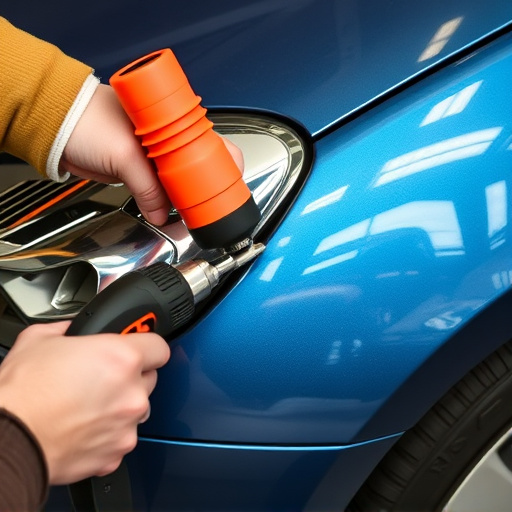
Tesla’s dashcam is a powerful tool that captures high-resolution footage of your drives, offering significant advantages for safety and security. Understanding its capabilities and storage options is essential when configuring your Tesla for long-term data retention. The dashcam records in 4K resolution, providing crystal-clear images, which can be invaluable for reviewing incidents or understanding the events leading up to them. This feature ensures that every detail is captured, from license plates to road signs, making it a game-changer for those involved in auto accidents or seeking evidence for insurance claims or auto repair services.
Storage is another critical aspect of Tesla dashcam configuration. While the system records continuously, it overwrites older footage to ensure the most recent events are always preserved. Users can access and review this data through the Tesla mobile app, which allows them to export videos for closer inspection or as evidence in case of an incident. For those who frequently drive long distances or want extended coverage, considering external storage options or third-party solutions is advisable, especially when it comes to storing data over months or years, potentially reducing the need for frequent auto glass replacement due to damage from collisions.
Optimizing Settings for Long-Term Data Retention

Optimizing settings for long-term data retention on your Tesla dashcam involves a few strategic adjustments. Firstly, ensure that the camera is configured to record in high definition (HD) resolution, capturing detailed footage crucial for analysis and evidence. Additionally, adjust the recording duration to suit your needs; setting it to continuously record or scheduling specific times can help manage storage space while ensuring critical data isn’t missed.
Regular auto maintenance plays a significant role in keeping your dashcam’s performance optimal. Protecting the camera from extreme temperatures, ensuring proper installation, and timely replacement of auto glass (a crucial component for clear footage) will contribute to its longevity. Like any vehicle repair, regular care and attention to your Tesla’s dashcam can significantly enhance its data retention capabilities over time.
Accessing and Managing Recorded Video Footage Effectively
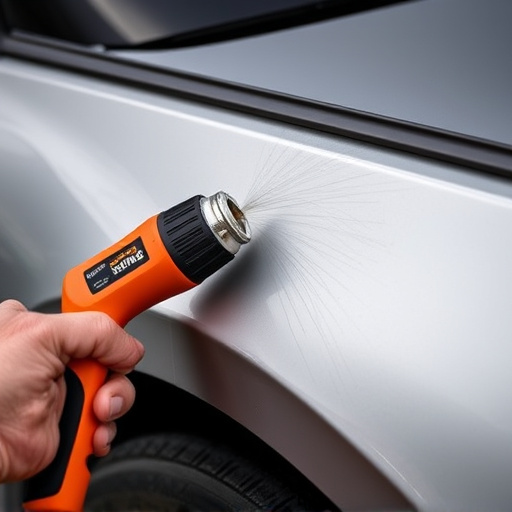
Accessing and managing recorded video footage from your Tesla dashcam is a crucial part of ensuring long-term data retention. The process begins with proper configuration, where you set the recording schedule and storage preferences. Once configured, efficiently organizing and retrieving videos becomes key. Tesla’s intuitive software allows users to easily access recordings through a dedicated app or in-car display. You can filter and search videos by date, location, and even specific events, making it simple to find the footage you need.
For those who operate a car repair shop or engage in vehicle restoration, this feature is invaluable. It enables quick verification of a vehicle’s history, facilitating accurate diagnostics and repairs. The ability to review past trips can also serve as evidence during insurance claims or legal disputes. Efficiently managing these videos ensures that important data is readily available when needed, enhancing the overall efficiency of your operations, whether it’s for routine car maintenance or complex vehicle paint repair.
Tesla’s dashcam technology offers advanced capabilities for capturing and retaining video data, making it a valuable tool for long-term records. By optimizing the configuration settings and utilizing efficient storage management, users can ensure continuous data collection without worrying about space limitations. Regularly accessing and organizing the recorded footage allows for quick reference and analysis, enhancing safety and providing peace of mind on the road. With the right Tesla dashcam configuration, drivers can navigate through data retention challenges and make the most of their vehicle’s onboard camera system.
